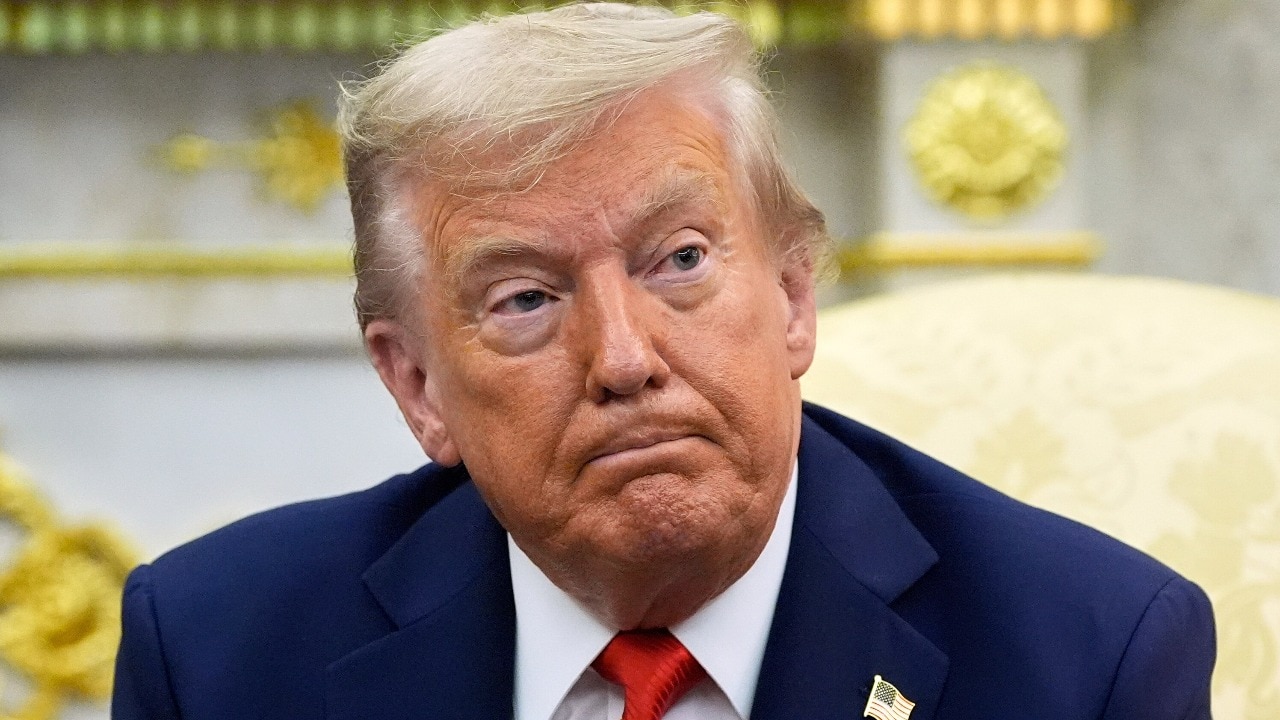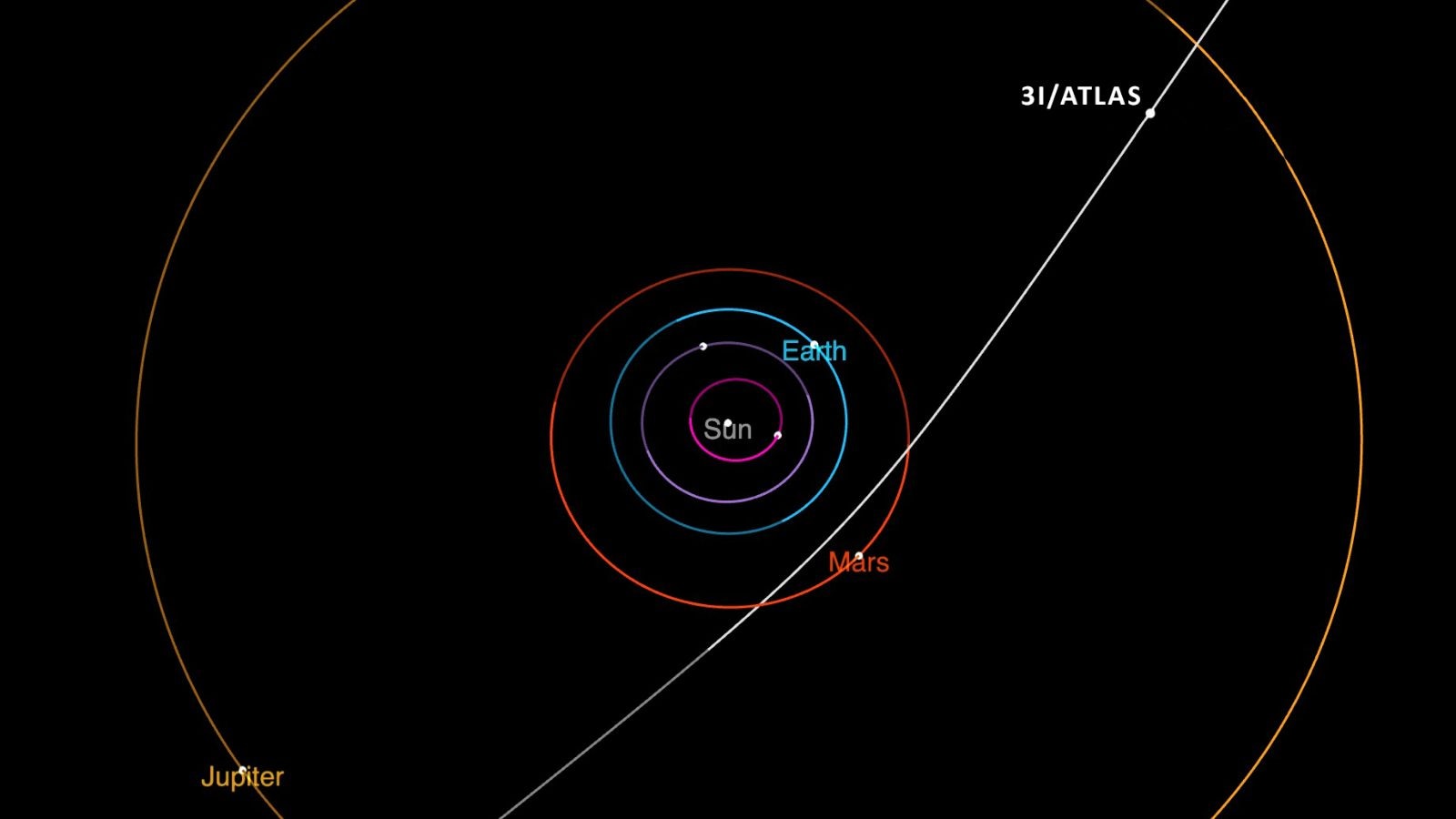Trump Imposes 25 Percent Tariffs on Japan and South Korea, Plus New Import Taxes on 12 Other Nations

WASHINGTON: In a significant move impacting global trade relations, President Donald Trump announced on Monday the imposition of a 25 percent tariff on goods imported from both Japan and South Korea. This decision comes alongside newly established tariff rates on a dozen other nations, which are set to take effect on August 1.
Trump communicated this sweeping decision through letters posted on Truth Social, directed at the leaders of the affected countries. In these letters, he issued a stern warning against retaliatory measures, cautioning that any increase in tariffs from their side would prompt an additional rise on the US side. “If for any reason you decide to raise your Tariffs, then, whatever the number you choose to raise them by, will be added onto the 25 percent that we charge,” he wrote to Japanese Prime Minister Shigeru Ishiba and South Korean President Lee Jae-myung.
This latest move marks another chapter in what many perceive as a tumultuous global economic landscape wherein Trump has positioned himself as a central figure. His unilateral decisions regarding tariffs have instigated concerns about a potential slowdown in economic growth and have fueled fears of a looming recession, not just in the US but globally. Despite these concerns, Trump has remained steadfast in his belief that tariffs are essential for revitalizing domestic manufacturing and funding the significant tax cuts he enacted just last week.
Trump’s new tariff framework includes an array of rates for other countries; imports from Myanmar and Laos will bear a whopping 40 percent tax, while those from Cambodia and Thailand will face a 36 percent rate. Additional tariffs include 35 percent on Serbia and Bangladesh, 32 percent on Indonesia, 30 percent on South Africa and Bosnia and Herzegovina, and 25 percent on Kazakhstan, Malaysia, and Tunisia. This rhetoric was delivered with somewhat of a condescending tone, as he described the rates with the word “only” in his letters, suggesting he was being generous.
The correspondence was notably formulaic, and an error in the letter addressed to Bosnia and Herzegovina revealed a mistake where the female leader, Željka Cvijanović, was referred to as “Mr. President.” This misstep was later corrected and showcased the informal approach Trump is taking compared to the traditional diplomacy seen in previous administrations.
White House press secretary Karoline Leavitt supported Trump’s approach, stating that he was crafting “tailor-made trade plans for each and every country on this planet,” and underscored the administration’s focus on strengthening trade relationships. However, these letters do not signify agreed-upon settlements; instead, they reflect Trump’s unilateral decisions following what were likely unsatisfactory negotiations with foreign leaders.
Experts have voiced concerns about the implications of these tariff hikes. Wendy Cutler, vice president of the Asia Society Policy Institute and former US Trade Representative, described the tariff increases on Japan and South Korea as “unfortunate,” highlighting the longstanding partnership between these nations and the US in various crucial sectors such as shipbuilding and energy cooperation.
Additionally, Trump’s dealings with other trading partners, including the European Union and India, reflect ongoing complexities in trade relations. Even as he seeks to negotiate tougher terms with China, where imports are currently subjected to a staggering 55 percent tax, the decision to impose tariffs on Japan and South Korea raises questions about strategic positioning within the Asian market.
Following the announcement, market reactions were immediate, with the S&P 500 stock index dropping by 0.8 percent and interest rates on 10-year US Treasury notes creeping up to nearly 4.39 percent. These rates could translate to higher costs for mortgages and auto loans, further impacting American consumers.
Trump has asserted an economic emergency to impose these tariffs, claiming they are remedies for previous trade deficits. Although the Constitution allocates the power to levy tariffs to Congress, the administration has leveraged executive authority to enact these economic measures, which are currently under legal scrutiny after a ruling questioned the president’s authority.
While Trump’s trade strategies are framed as protective measures against perceived economic threats, his approach has already sparked widespread uncertainty. “These tariffs may be modified, upward or downward, depending on our relationship with your Country,” Trump warned in his letters, setting the stage for a potentially tumultuous period in international trade discussions.
With the implementation of these tariffs looming in just a matter of weeks, stakeholders can expect a flurry of diplomatic engagements as countries react and negotiate to mitigate the forthcoming impacts. Scott Lincicome from the Cato Institute observed that this development is indicative of a continuation of existing trade policies rather than a substantial escalation or reversal.
In his earlier administration, Trump had previously engaged with both Japan and South Korea to strike deals that he touted as significant victories. However, the reintroduction of tariffs suggests that those agreements may not have yielded the desired outcomes, prompting a return to a more confrontational stance.
As the global community watches closely, the coming weeks will likely see intensified discussions aimed at finding a middle ground on trade, particularly as Trump has hinted at further tariffs on countries aligned with the BRICS group, which includes major economies like Brazil, Russia, and China.




























